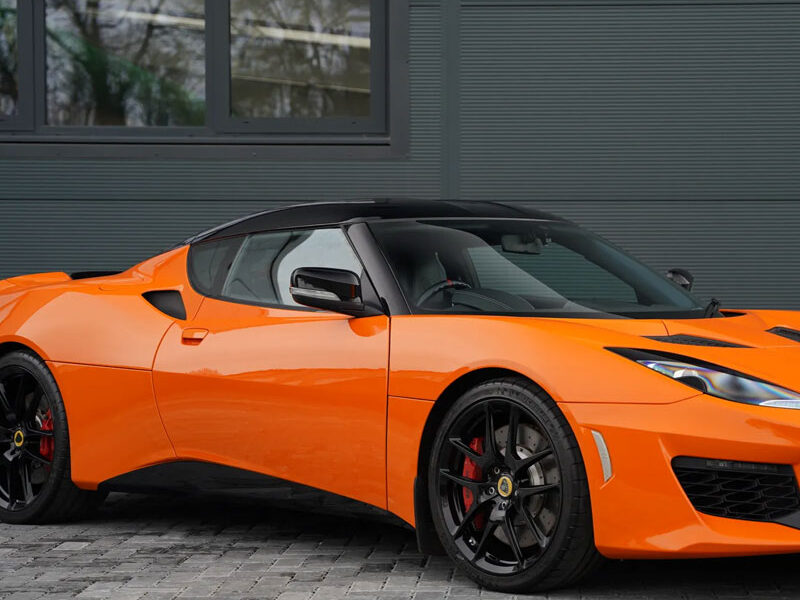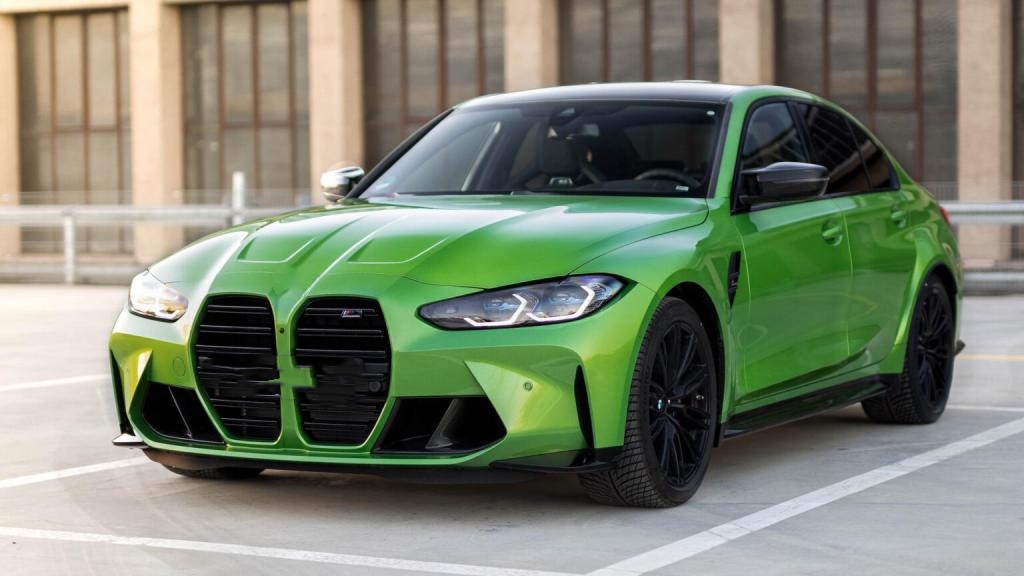
Colored Vinyl vs Colored PPF: Which Is the Better Choice for Your Car?
When it comes to customizing your vehicle’s appearance while offering some level of paint protection, two major solutions dominate the market: colored vinyl wrap and colored paint protection film (PPF). Although both options transform the look of your vehicle and serve to preserve its original paint, they are designed with different technologies, purposes, and performance features. In this article, we will explore the differences between colored vinyl and colored PPF in terms of material composition, protection level, aesthetics, durability, cost, maintenance, and best use scenarios.

- Material Composition
Colored vinyl wraps are made from polyvinyl chloride (PVC), a flexible and lightweight plastic film primarily designed for visual customization. It’s ideal for graphic applications, brand logos, or color changes.
In contrast, colored paint protection film (PPF) is made from thermoplastic polyurethane (TPU), which is thicker, more elastic, and engineered for protection. The film integrates pigment and protection in one layer, offering both color and durability.
- Protection Level
Vinyl wrap provides minimal physical protection. It may guard against UV exposure and light scratches but is not meant for impact resistance or environmental hazards.
Colored PPF is built for protection. It resists rock chips, sand, scratches, bird droppings, tree sap, and more. Premium versions even feature self-healing surfaces that repair fine scratches with heat.
- Aesthetic Appeal and Finish
Vinyl excels in creative freedom. It comes in a wide spectrum of colors and finishes—glossy, matte, satin, brushed metal, chrome, even textured patterns. This makes it ideal for highly personalized and dynamic looks.
Colored PPF used to lag in color options, but new innovations have expanded the range. Satin, matte, and gloss finishes are available, and the depth and clarity often resemble real automotive paint more than vinyl does.

- Durability and Longevity
Vinyl wraps usually last 2 to 4 years depending on the environment and maintenance. They may lift at the edges, fade, or crack over time.
Colored PPF is more robust. With a lifespan of 5 to 10 years, it resists yellowing, staining, and weathering. Many brands offer warranties for added peace of mind.
- Installation and Removal
Vinyl is easier and quicker to install, even for DIY enthusiasts, and it’s relatively simple to remove. However, improper removal can damage the underlying clear coat or leave adhesive residue.
Colored PPF requires skilled professional installation due to its thickness and stretch resistance. Although more time-consuming, it removes cleanly without affecting the original paint.
- Maintenance and Cleaning
Vinyl wrap demands gentle cleaning with pH-neutral shampoos. It’s not compatible with waxing or polishing and can show swirl marks and stains more easily.
Colored PPF is easier to maintain. Many types are compatible with ceramic coatings and resist contaminants. Heat activation can eliminate fine scratches, maintaining a near-new finish over time.
- Cost Consideration
Vinyl is significantly cheaper, with full wraps ranging from \$1,500 to \$3,000, depending on color and complexity.
Colored PPF is a premium product. Full coverage generally costs between \$4,000 and \$7,000 or more, but it delivers value through long-term paint preservation and a refined finish.
- Use Case Scenarios
Choose vinyl wrap if you enjoy frequent style changes, work with a limited budget, or want maximum customization flexibility.
Choose colored PPF if you own a high-value vehicle, care about preserving paint, and want both aesthetics and functionality without compromise.
Conclusion
Colored vinyl and colored PPF each have their strengths. Vinyl is a great choice for affordability and styling variety, while colored PPF delivers a premium finish with unmatched protection. Your decision should be guided by your budget, aesthetic goals, and how much value you place on long-term vehicle care.
As both technologies continue to evolve, it’s worth consulting with experienced installers and comparing product warranties to make the best choice for your vehicle.
